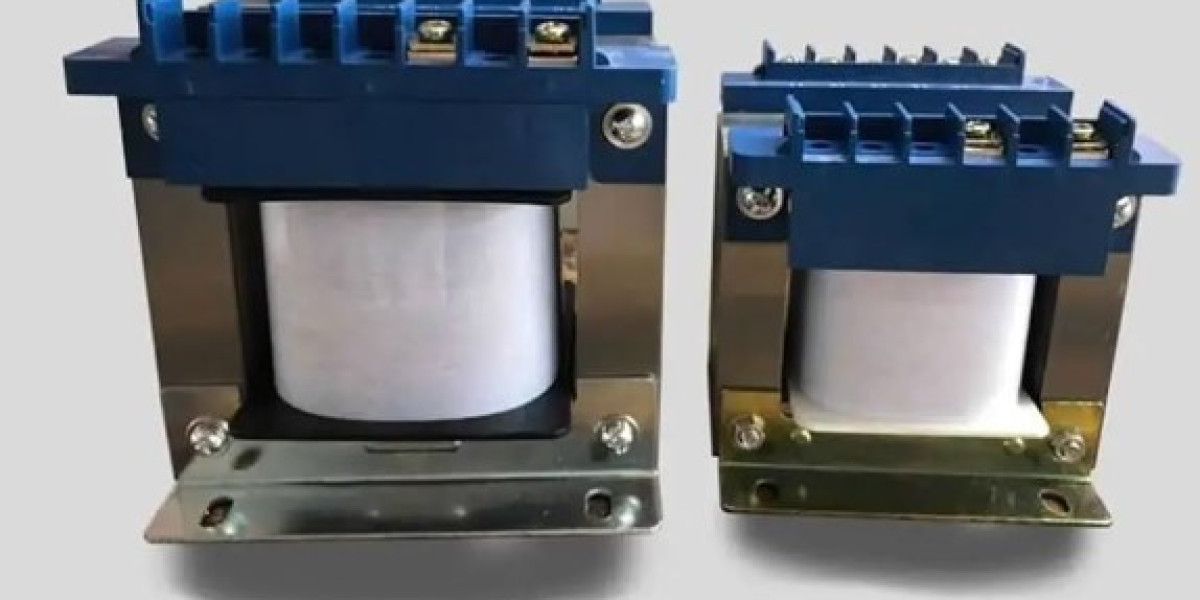In family spaces where curious hands meet everyday fixtures a Socket Box can offer a discreet way to protect connections while keeping rooms tidy. This type of enclosure keeps plugs inside a guarded shell so caregivers carry out checks without exposing live parts. When household routines change because of seasonal gatherings or increased time spent at home it helps to rethink how outlets are arranged and how young people encounter them.
Recent conversations about home safety have shone a light on common risks that families face during busy periods when attention is divided. Parents who juggle remote tasks and supervision want practical measures that reduce accident potential without complicating daily life. Simple protective steps around outlets and junction points make normal activity less risky and keep focus on daily tasks rather than on emergency fixes.
Start by assessing where children spend the most time. Play areas snack corners and study nooks often attract activity and accessories. Relocate power hubs away from paths and low shelves so cords do not create tripping lines or invite curious pulls. If a central enclosure serves several gadgets consolidate connections into a single covered unit so supervision is easier and cleaners can run without unplugging many items.
Labeling helps when multiple caregivers share duties. A short durable tag on each socket that states function and safe handling hints prevents guesswork during gatherings and when weekend help arrives. Use waterproof materials in kitchen or garage locations where spills and dust reduce label life. Consistent phrasing keeps messages clear for anyone who steps in to assist.
Locking covers and tamper resistant inserts offer a passive layer of defense. They stop accidental access to live parts while allowing adults to plug and unplug with a clear motion. Choose housings that open with a tool or a two stage action so curious fingers cannot gain entry. When a unit combines a visible latch with internal separation the result is a balance between access and protection.
Routine inspection matters. A quick walk through rooms to check fasteners seals and cable condition prevents small wear from becoming a hazard. Replace frayed cords and tighten loose screws so contact remains secure. When a cover shows stress replace it promptly rather than patching it with temporary measures that could fail during heavy use.
If temporary setups are common for parties or home projects use portable guarded units that can be stored safely when not needed. Transportable enclosures let hosts stage power where it is required then stow hardware when activity winds down. This approach avoids trailing cords and reduces the number of exposed connectors during tidy up phases.
Teach older children basic rules about plugs and panels using simple instructions and hands on demonstration. Show how to unplug by the body of a plug not by tugging cord and explain why sealed housings stay closed unless adults open them. Early habits help reduce risky behavior and make supervision more effective when adults are occupied.
When choosing equipment pick models with clear access for maintenance. A design that allows safe inspection without removing the entire assembly helps caretakers check wiring and seals in short intervals. Suppliers who publish user guidance and parts lists simplify upkeep because caregivers can match replacements without long searches.
Finally consider how local events influence needs. During times when families host gatherings or when utilities face stress a resilient setup reduces interruptions and keeps homes comfortable. Thoughtful placement paired with protective features lowers the chance that a simple party or a heavy cleaning day ends with an electrical surprise.
For readers who want more background and practical examples about how these housings work and where to place them please visit the detailed article and resource pages at https://www.nante.com/ , where guidance and images illustrate safe arrangements and maintenance tips for households that share space with young children. The content on that site offers clear notes on installation and on choosing enclosures that match varied room layouts and activity patterns.






